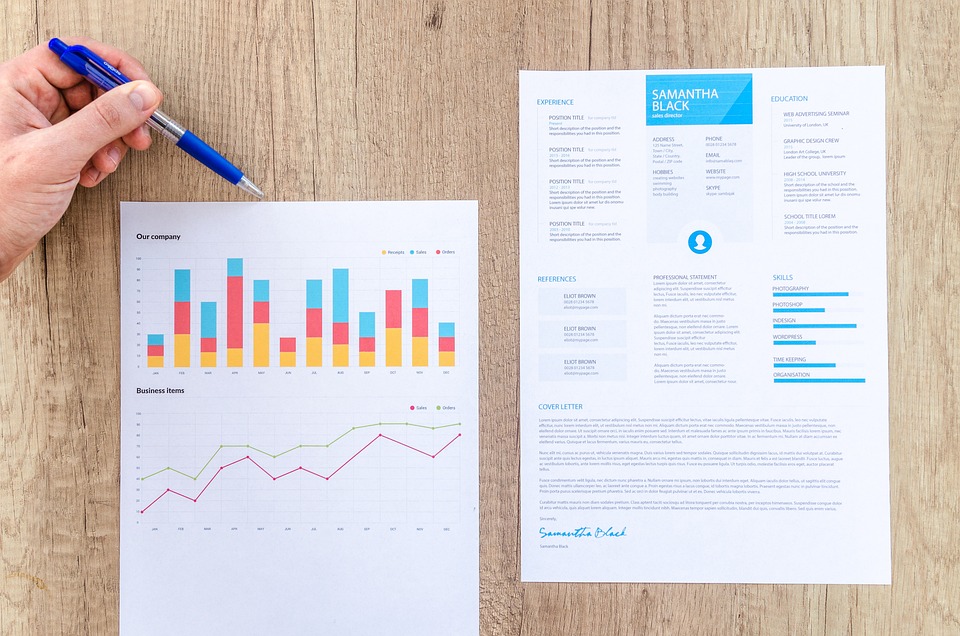Risk management in Australia is a crucial practice that is implemented across various sectors, including finance, healthcare, construction, and more. It involves identifying, assessing, and managing risks that could potentially impact an organization’s objectives. With the increasing complexity of business operations and the evolving regulatory landscape, effective risk management is essential for businesses to navigate uncertain and volatile environments.
Overview of Risk Management Practices in Australia
In Australia, risk management practices are guided by the Australian and New Zealand Standard on Risk Management (ISO 31000:2018), which provides a framework for organizations to establish and maintain effective risk management processes. This standard emphasizes the importance of integrating risk management into overall decision-making processes and continuously monitoring and reviewing risks to ensure they remain within acceptable levels.
Key Strategies for Risk Assessment and Mitigation
Risk assessment is a fundamental step in the risk management process, where organizations identify potential risks, evaluate their likelihood and impact, and prioritize them based on their significance. Risk mitigation involves implementing strategies to reduce the likelihood or impact of identified risks. Some common risk mitigation strategies in Australia include risk transfer through insurance, risk avoidance by refraining from activities with high risks, risk reduction through implementing controls and safeguards, and risk acceptance when the cost of mitigation outweighs the benefits.
The Role of Risk Management in Various Sectors
In Australia, risk management plays a vital role in various sectors to protect organizations from financial losses, reputation damage, regulatory breaches, and other adverse consequences. In the financial sector, risk management is crucial for banks, insurance companies, and investment firms to safeguard their assets and maintain compliance with regulations. Enterprise risk management (ERM) is widely adopted by large organizations to manage risks across all aspects of their operations, including financial, operational, strategic, and compliance risks.
Financial Risk Management
Financial risk management in Australia involves identifying, assessing, and managing risks related to financial instruments, market volatility, credit risks, interest rate fluctuations, and other financial factors. Organizations use various tools and techniques, such as stress testing, scenario analysis, value-at-risk models, and hedging strategies, to measure and mitigate financial risks. The Reserve Bank of Australia (RBA) also plays a significant role in monitoring and managing systemic risks in the financial system to ensure stability and resilience.
Enterprise Risk Management
Enterprise risk management (ERM) is a holistic approach to risk management that integrates risk management processes across an organization’s entire operations. ERM helps organizations identify and assess risks, develop risk mitigation strategies, and monitor risks on an ongoing basis. By taking a comprehensive view of risks, organizations can make more informed decisions, achieve strategic objectives, and enhance overall performance.
Tools Used for Risk Analysis in Australia
In Australia, organizations use a variety of tools and techniques for risk analysis, such as risk registers, risk matrices, risk assessments, risk heat maps, and key risk indicators (KRIs). These tools help organizations identify, prioritize, and manage risks effectively by providing a structured framework for risk assessment and decision-making. Risk management software and platforms are also widely used to automate risk management processes, enhance data visualization, and improve collaboration among risk management stakeholders.
Current Challenges and Best Practices
Despite the importance of risk management, many organizations in Australia still face challenges in effectively identifying, assessing, and managing risks. Some common challenges include a lack of risk culture, inadequate risk governance, limited resources for risk management, and gaps in risk reporting and communication. To address these challenges, organizations can adopt best practices such as establishing a risk-aware culture, integrating risk management into strategic planning, enhancing risk governance structures, and investing in risk management training and capabilities.
Effective Risk Management Solutions
To improve risk management practices in Australia, organizations can implement a range of solutions tailored to their specific needs and risk exposures. These solutions may include enhancing risk awareness and education among employees, conducting regular risk assessments and reviews, leveraging technology for risk management automation and analytics, engaging with stakeholders and regulators on risk issues, and continuously monitoring emerging risks and trends. By proactively addressing risks and adopting a risk-aware mindset, organizations can enhance their resilience and competitiveness in today’s dynamic business environment.
In conclusion, risk management is a critical function that organizations in Australia must prioritize to navigate uncertainty, protect assets, and achieve sustainable growth. By leveraging effective risk management practices, tools, and strategies, organizations can better anticipate and respond to risks, enhance decision-making, and drive long-term success. As the business landscape continues to evolve, embracing a proactive and integrated approach to risk management will be essential for organizations to thrive in the face of uncertainty.
